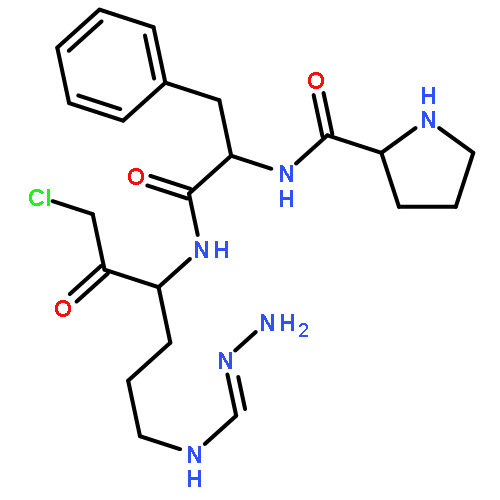Co-reporter: Lindsey D. Handley, Nicholas A. Treuheit, Varun J. Venkatesh, and Elizabeth A. Komives
pp: 6650-6658
Publication Date(Web):October 15, 2015
DOI: 10.1021/acs.biochem.5b00825
Human α-thrombin is a serine protease with dual functions. Thrombin acts as a procoagulant, cleaving fibrinogen to make the fibrin clot, but when bound to thrombomodulin (TM), it acts as an anticoagulant, cleaving protein C. A minimal TM fragment consisting of the fourth, fifth, and most of the sixth EGF-like domain (TM456m) that has been prepared has much improved solubility, thrombin binding capacity, and anticoagulant activity versus those of previous TM456 constructs. In this work, we compare backbone amide exchange of human α-thrombin in three states: apo, d-Phe-Pro-Arg-chloromethylketone (PPACK)-bound, and TM456m-bound. Beyond causing a decreased level of amide exchange at their binding sites, TM and PPACK both cause a decreased level of amide exchange in other regions including the γ-loop and the adjacent N-terminus of the heavy chain. The decreased level of amide exchange in the N-terminus of the heavy chain is consistent with the historic model of activation of serine proteases, which involves insertion of this region into the β-barrel promoting the correct conformation of the catalytic residues. Contrary to crystal structures of thrombin, hydrogen–deuterium exchange mass spectrometry results suggest that the conformation of apo-thrombin does not yet have the N-terminus of the heavy chain properly inserted for optimal catalytic activity, and that binding of TM allosterically promotes the catalytically active conformation.
